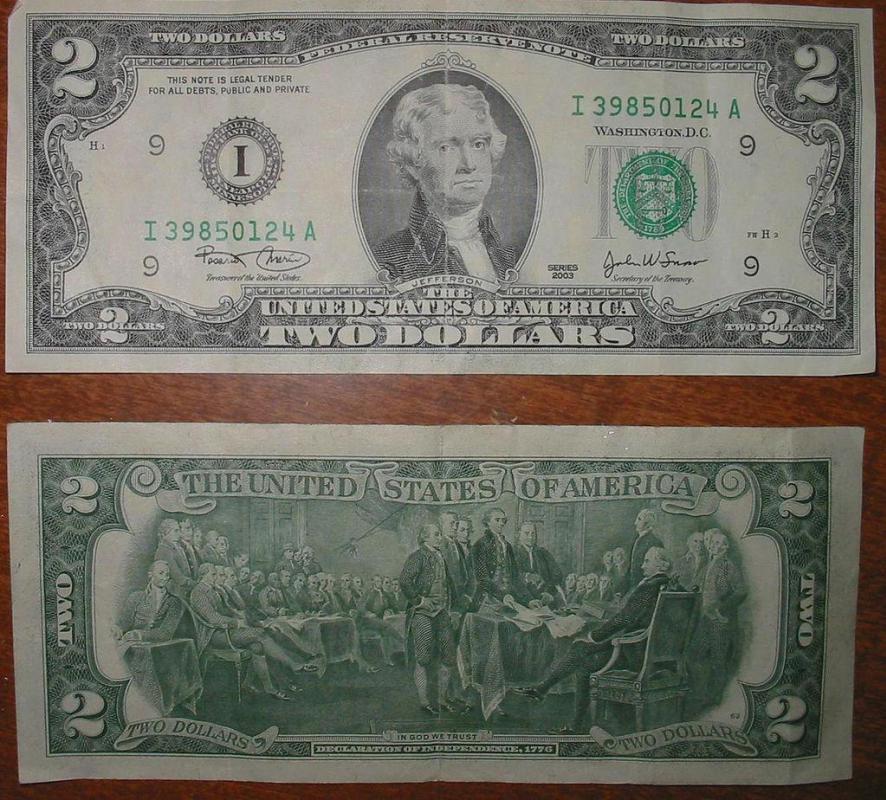At SmartCapitalMind, we're committed to delivering accurate, trustworthy information. Our expert-authored content is rigorously fact-checked and sourced from credible authorities. Discover how we uphold the highest standards in providing you with reliable knowledge.
What Are the Different Types of Legal Tender?
Legal tender is a term that officially refers to specific payment options that are tendered — or offered — to fulfill a debt and which must be accepted by the lender. In the United States, as established by the Coinage Act of 1965 in Section 31 U.S.C. 5103, the coins, bills and notes that make up US currency are defined as legal tender. The term currency not only includes the more familiar bills with the images of the early presidents, but also rarely encountered types of currency such as Federal Reserve notes and United States notes. Foreign money in the form of currency or coins is not considered to be legal tender in the US. Thus, common forms of legally valid tender familiar to most US citizens include bills and coins.
Despite a national law determining the specific definition of legal tender, there is no federal law expressly requiring a business, organization or lender to accept any type of commonly encountered legal tender. Those organizations that only accept currency as payment are much less common today than they were even a few decades ago. In fact, most modern payment of debt utilizes checks, money order, credit cards and debit cards in place of legal tender for documentation of payments and convenience. Even newer changes to our payment methods such as electronic funds transfer (EFT) or payment through companies that first began as large online retailers are now common means of discharging one's debt. In fact, US government tax refund, retirement and disability checks will soon be available only by an EFT deposit.

Other common business restrictions hamper the notion of a legal tender that must be accepted or cannot be refused. The most common example cited involves buses refusing payment except by coin or retail establishments that refuse to accept currency over a certain amount, such as convenience stores refusing to accept currency bills over $20.00 (USD). Whether such policies are established for the sake of convenience, ease of business, concerns regarding counterfeit bills or safety issues, they have repeatedly been upheld by the courts when challenged.

Although the use of currency is decreasing, paper money still has an allure that digits on a computer screen or a credit card payment statement lack. Paper currency commonly encountered includes $1.00, $5.00, $10.00 and $20.00 (USD) bills. $50.00 (USD) are rarely encountered but fondly remembered. The highest denomination of currency that remains in circulation is the $100.00 (USD) bill. Higher denomination bills are either in the hands of collectors or are retired and destroyed when they are returned to the Treasury system.
AS FEATURED ON:
AS FEATURED ON:













Discussion Comments
I didn't know about the legal tender cases involving places that only accepted bills of $20 and under. I have seen signs in gas stations and dollar stores stating that the cashier can only accept these, but I had no idea that anyone could actually challenge this policy.
I understand why they do it. They are often the target of robbers, and they want the robbers to know that they don't keep large bills in the cash register.
I think this is their right. I can't believe that anyone actually wanted to take them to court over it!
I always carry cash with me. I have both a debit and a credit card, but I travel a lot, and I never know which places are going to refuse to accept anything but cash.
It's rare, but I have stopped at little cafes that only take cash. They are not set up to accept debit cards, and they don't trust strangers enough to accept their personal checks.
I have yet to find a business that won't accept cash, though. You can't go wrong with it.
Sometimes coins that are not legal tender in the United States sneak into the system unnoticed and get circulated. My husband recently encountered a German coin from back in the 1940s in a place he never would have thought he'd find it.
He paid in cash at a gas station on the way to work, and he noticed that one of the coins the cashier handed back to him as change looked odd. He later saw that it was an old German coin!
Though vending machines and slot machines would not accept this type of coin, foreign currency often goes unnoticed amongst our own legal tender. It's crazy how many cashiers just don't notice that they are being handed money that doesn't even count!
That is so weird that you can't use bills over $100! I've never actually seen one, but I always assumed that they must exist, because what about when rich people want to buy a house or a car and pay in cash? It sure would take quite a thick stack of $100 bills for this transaction!
Post your comments